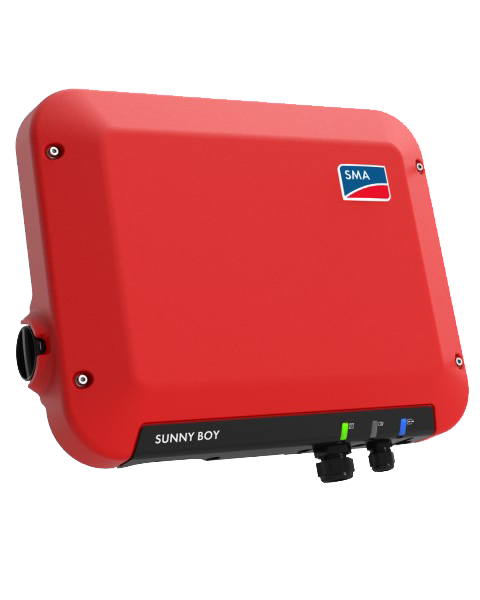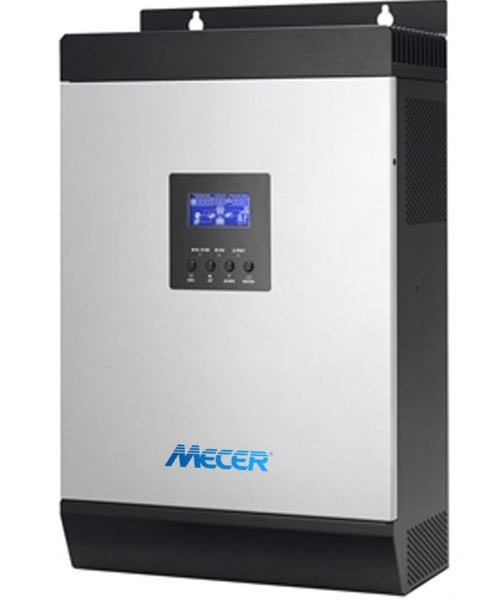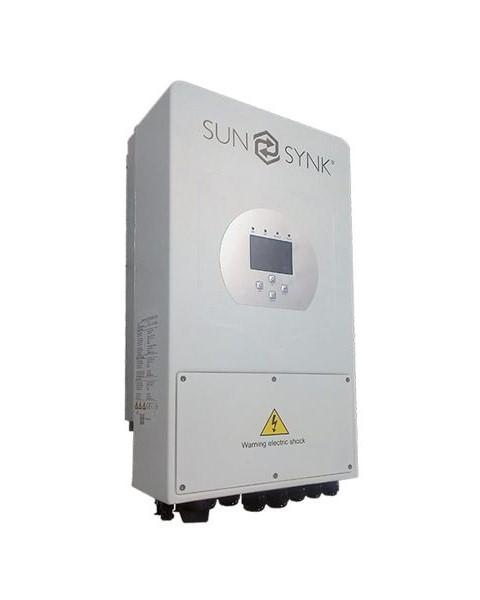Our Customer Focused approach ensures high quality solutions which meets expectations. We design and install solar systems using various inverter types to suit the desired outcome.
Choose the correct system

Grid-tie inverter
Advantages
- Low Cost
- Direct consumption optimised
- Fast payback
- Low maintenance
- Simple operation
Disadvntages
- Power off when grid is down
- No battery integration possible

Off-grid / Grid interactive inverter
Advantages
- Average cost
- Power backup functionality
- Requires Battery to function
- Possible to integrate with PV
- Wide selection of equipment possibilities
Disadvantages
- No dynamic energy sharing with grid
- Constant switching between grid and inverter to maintain battery

Hybrid Inverter
Advantages
- Grid-connected
- Power backup functionality
- Enhanced energy saving even on non-essential loads
- Can act as simple grid-tie inverter
- Energy arbitrage capability
Disadvantages
- Higher cost compared to similar sized inverters
Our Value Proposition
Within LessWatts we have unique skills to bring you various solar solutions, saving you energy, saving you money, putting your requirements first. Each solutions consists of a combination and permutation of inverters, batteries, solar modules, measurement equipment to make up a solution type catered for the advantage such a system would bring.
Needs analyses plays an integral part of any solar system. Through our training at the Delft University of Technology, we obtained a unique approach to marry the required yield to the customer requirements.
Done professionally and thoroughly, a solar plant will deliver free electricity for decades. Proper needs analysis, energy profiling,
site constraint analysis and surveys are all extremely important aspects of a reliable solar solution.
Too often we came across installations which was clearly adopted to the budget and as a result does not meet the customer requirements, or expected saving or filed within a short period of time. Although capital outlay is sometimes constrained, we offer alternative approaches to alleviate budget constraints to still ensure reliability. A properly designed and installed system is many times cheaper over time than a system where cost was kept low.
Grid-tie Solar System
A Solar solution tied to the utility grid to augment the power supplied from the grid. The power from the sun is inverted to AC through the Grid-tie inverter where it is consumed as first priority. Any shortfall in solar power will be drawn from the grid. Where allowed, excess can be fed into the grid through mutual agreement between the customer and the regulatory entity.
Suited to customers with most of their electricity demand during daylight hours who would like to reduce their consumption from the grid.
Advantages
- Cost effective - This is the cheapest solar implementation
- Easy to install
- No Energy storage cost
Disadvantages
- No backup during power outages


Hybrid Solar System
Where a Grid connection and Battery backup is available, and the energy sources (Grid and solar) can dynamically be utilised with focus on increased solar consumption. A hybrid system provides a cost effective solution where power outages need to be bridged.
Quality Hybrid inverters allows a range of settings to cater for consumer preference, eg. Battery Priority vs. Load priority and the self consumption of PV power through the use of available battery capacity.
Advantages
- Can help bridge power outages and load shedding
- Increased self consumption to increase savings
- Ability to allow non-essential loads to utilise PV power.
- Basic energy arbitrage capability.
Disadvantages
- Greater cost
- Requires more space to install

Off-grid Solar System
An off-grid solar system is not connected to a utility grid and normally requires the integration of a diesel generator. The total energy requirement needs to be supplied by the PV modules taking system losses into account. Evening energy requirements need to be addressed through stored energy from a battery.
Availabe in AC-coupled or DC-coupled architecture, the system can be optimised to minimise system losses as well as capital cost related to inverter size.
Advantages
- Save all electricity cost.
- Long life-span - in excess of 20 years.
- Dynamic smart control can be utilised to optimise system cost.
Disadvantages
- Requires more space to install, typically a dedicated room with adequate ventilation.
- Costs more.
Energy Arbitrage
Energy Arbitrage is the shifting of load to cater for operational requirements. In most cases it is designed to save on electricity costs during times slots of increased price.
For commercial customers, properly designed systems can eliminate the cost for peak consumption periods completely.
Quality hybrid residential inverters offers a basic form of energy arbitrage.
